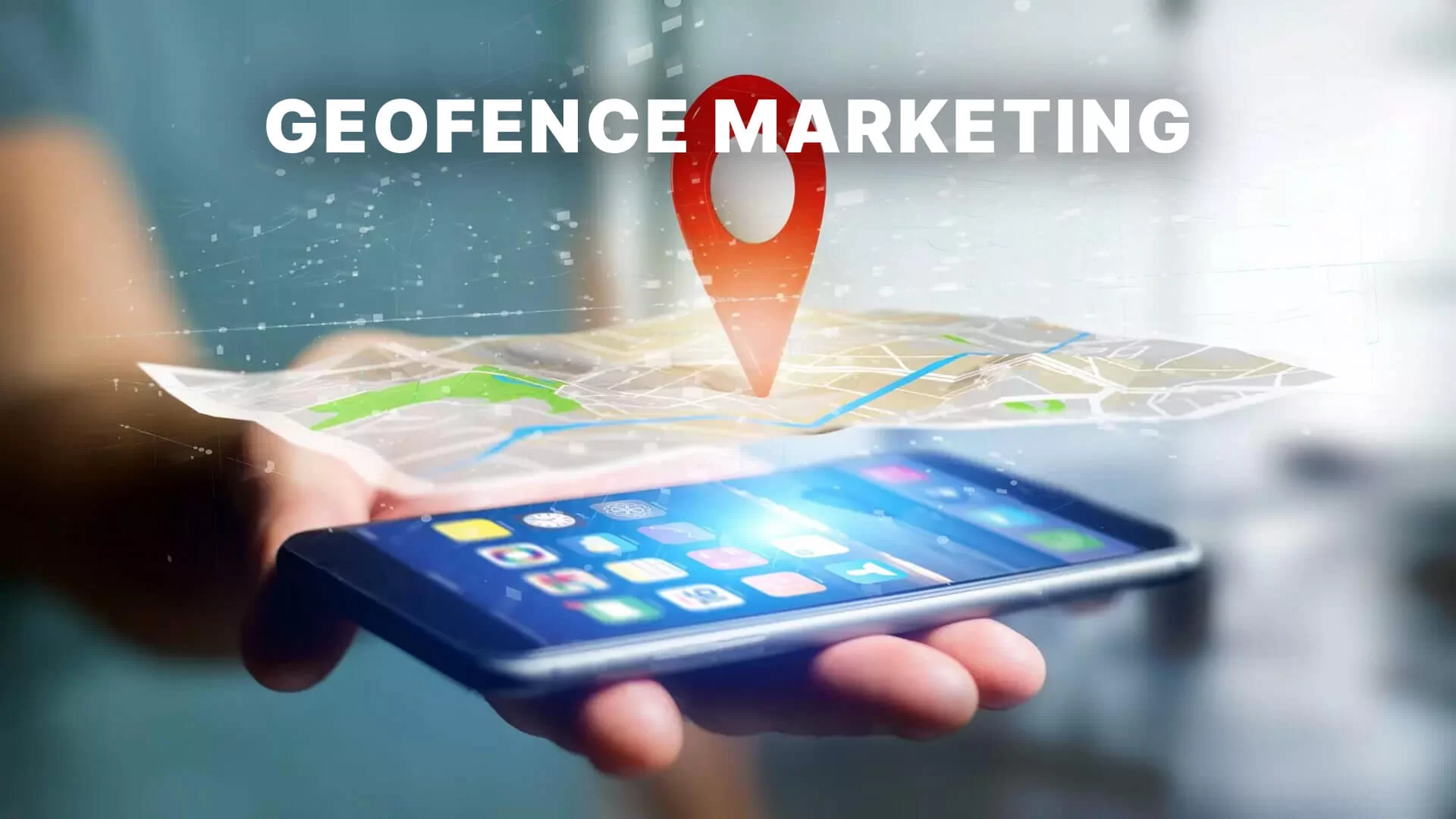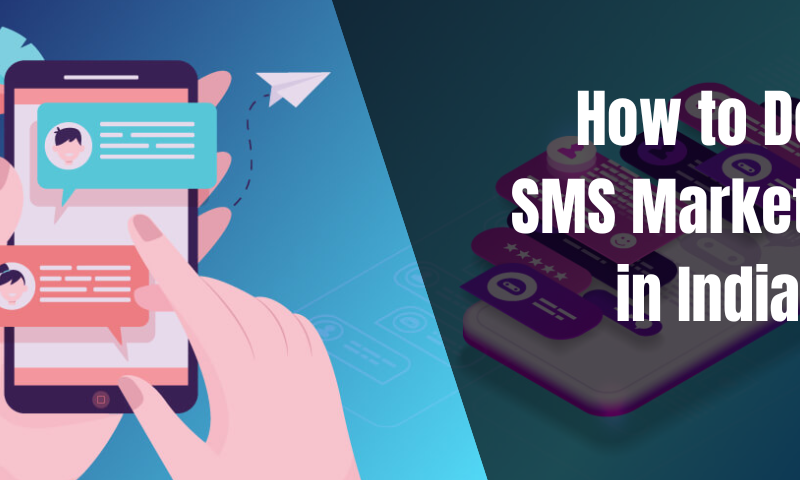
What Is Geofencing Marketing? Guide To Getting Started
With every passing day, advertising becomes more expensive and consumer groups, more fragmented. Due to this, some marketing firms are using geospatial data to create geofences in specific areas. This allows them to advertise to audiences more likely to become customers while avoiding wasting money marketing to those who are likely not to buy from them.
Geofencing marketing is a proven tactic to engage mobile users. Using mobile location data, mobile marketers can promote products and services. This enables customers to receive personalized content based on their interests and needs. Through contextualized mobile marketing campaigns, marketers can transform existing apps into powerful marketing tools that improve user experience, drive visits to stores and boost revenue.
In geofencing, marketers must locate the centre point of a building or property, and then calculate a set distance away from that point in every direction. This creates a general proximity zone that will send out ads whenever someone with a mobile device gets sufficiently close to a point of interest.
This model also involves a walk or drive time, also known as an isochrone. This is done by calculating the amount of time it takes to get to a particular point from any other location using available transportation methods. A company can then send out ads only to people who travel to their business location within a specified amount of time. This is a more specific type of geofence that allows for marketing based on how easily people can get to a business, rather than how close they are.
In geofencing, building footprints is also crucial. This method uses measured polygons to represent the exact physical boundaries of a point of interest, which can be an entire building, a park, or a store unit in a mall. Once that is figured out, businesses can send notifications only to people who actually set foot inside the building or on the property. This precisely targets people who, in visiting a business, are signalling a potential intent to buy something from them.
When any business does a marketing effort, it is necessary to measure the results. This helps in getting a better perspective of the current market scenario and making future changes to suit the demands or the trend. Similarly, businesses use geofences, to measure how impactful an advertising campaign is in driving sales or other goals for the business. This can be done by keeping a few metrics in mind.
Let’s have a look:
*Impressions: This involves the basic count of the number of times someone with a mobile device crossed into the boundaries of one or more of the geofences. In other words, it counts how many times certain ads were sent out, regardless of whether or not they were acted upon.
*Reach: This counts the number of unique mobile devices that crossed the boundaries of one or many of the geofences. It is similar to impressions, except that it does not count multiple visits from the same person.
*Visit attribution: This is to measure how many unique mobile devices crossed a geofence over a certain period of time, and how long each one stayed within the geofence. It’s extremely useful if businesses are using geofences based on the stores’ building footprints, as how many people actually entered the stores and at least considered making a purchase can be tracked.
*Conversions: This describes the number of times consumers took an action that ads prompted them to. Usually, that will be them buying something from a particular business. This can be measured in other ways too. It could be them simply going inside one of the stores or signing up for a rewards program or newsletter e-mailing list.
*Cost per acquisition: This measure how efficient a marketing campaign was at prompting consumers to become customers of the business. It’s calculated by taking the total cost of the campaign and dividing it by the number of conversions the company got over the course of the campaign. The lower this number, the better it is for the business.
Geofencing marketing can be an effective way to boost traffic to the store, website, or even social media channels.
Whatever the case is, marketers must remember that potential customers’ locations aren’t enough. To succeed, advertising agencies in India and around the world also need to figure out who the target audience is and create ads to send directly to them. Geofencing can be a great tool as long as the right steps are taken.



